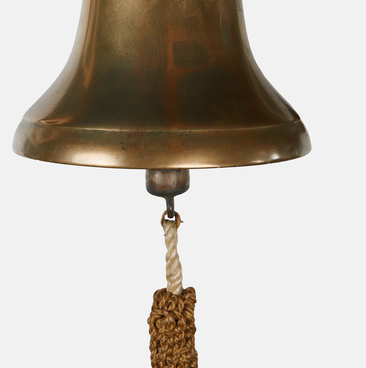The Rusanov House Museum displays the Forel-Ule scale.
The foundations for quantification of optical phenomena in the ocean were laid in the 18th century by the French physicist Pierre Bouguer, who established the law of the attenuation of light’s intensity in a turbid medium, including ocean water. Bouguer’s research on photometry was outlined in his final work, “Optical Treatise on the Gradation of Light, ” published in 1760. In the same year, Johann Heinrich Lambert published his “Photometry, Or, On the Measure and Gradations of Light, Colors, and Shade”, in which he elaborated Bouguer’s ideas and expressed them in mathematical terms. However, it was not until the 19th century that Bouguer’s law was used for measuring water optical properties, after sensitive photometers were developed that made it possible to determine the attenuation of light in water samples. As a result of laboratory measurements, by the early 20th century, the basic spectral patterns of light attenuation were established in water purified by distillation and in natural waters from lakes.
The first observations of water optical properties directly in the ocean were made in 1817 by Russian naval officer Otto von Kotzebue during a Pacific expedition on the ship Rurik. Kotzebue estimated the clarity of the water using a white plate by lowering it into the water on a marked line until it disappeared from sight. His observations did not become widely known to the scientific community and soon they were forgotten. Half a century later, this method of determining water transparency was revived. It had to do with the Italian physicist Angelo Secchi, who used a white disk to measure the transparency of water in the Mediterranean Sea in 1865. The simplicity and visual effect of measuring water transparency using a white disk attracted the attention of oceanologists, and since then it has become widely used in researching water optical properties.
At the end of the 19th century, a device
for assessing the color of ocean waters appeared — a color scale in the form of
a set of test tubes with multi-colored liquids. This scale was first used by
the Swiss geographer François-Alphonse Forel when he was studying the color of
water in Alpine lakes. The German oceanographer Wilhelm Ule began using the scale
for ocean observations, adding test tubes with corresponding tints for ocean
waters. The Secchi disk and the Forel-Ule color scale became the main means of
measuring water properties of the ocean for many years.



